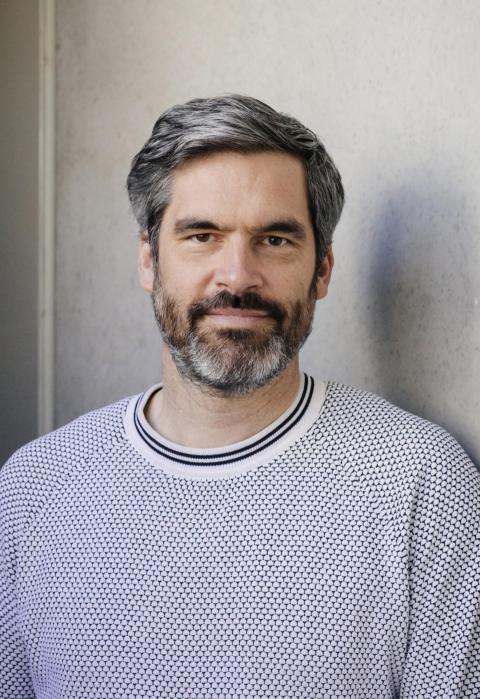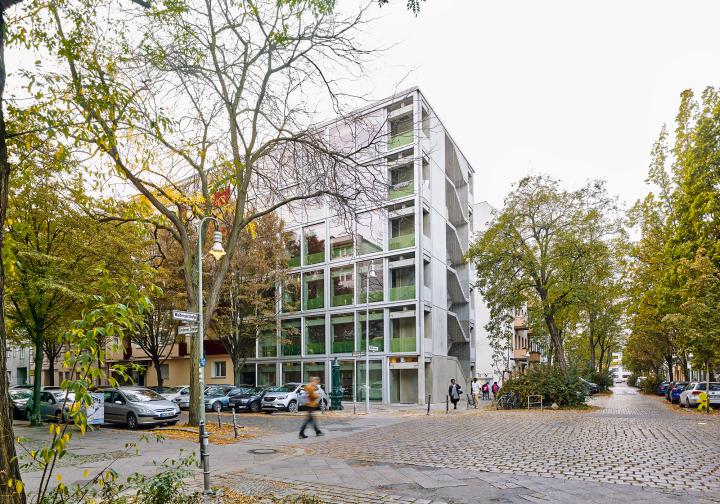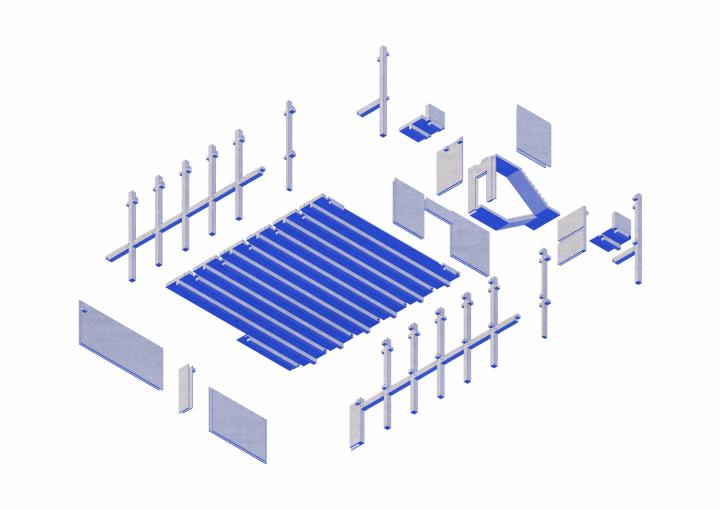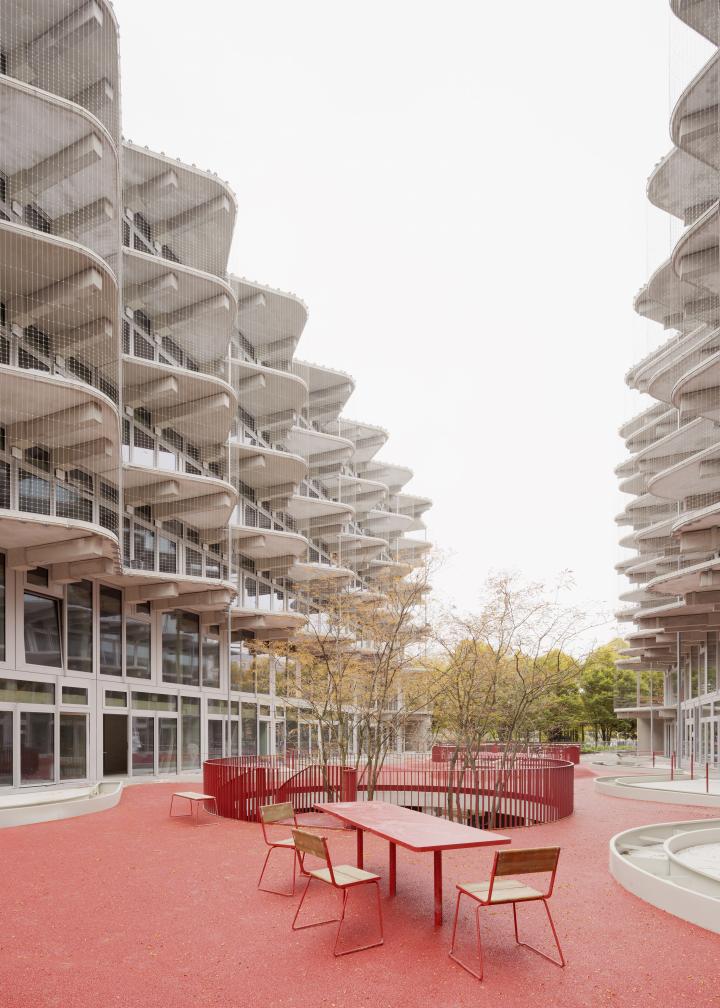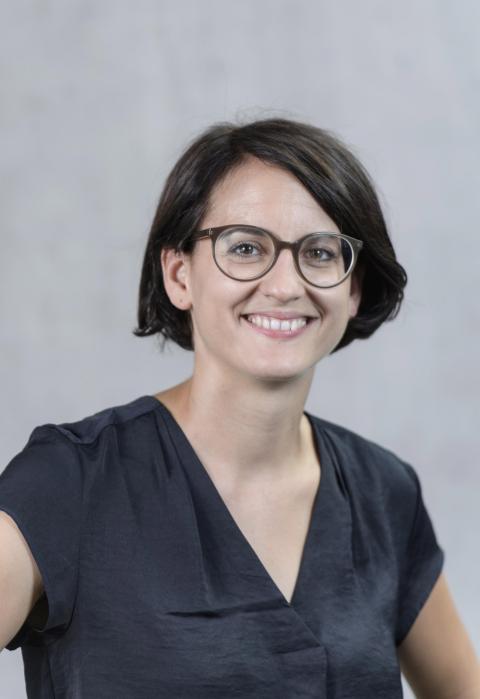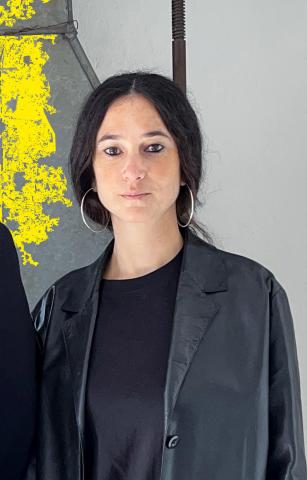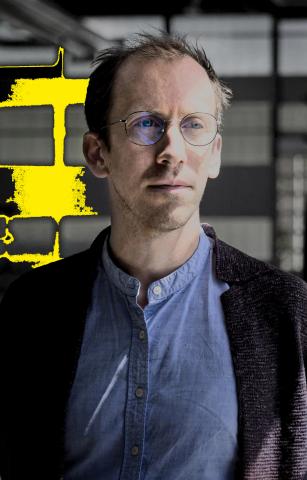Speaker
Marc Frohn
In Delirious New York, Rem Koolhaas described the successive steps of reinforced concrete construction as follows: «...Infinitely malleable at first, then suddenly hard as rock, reinforced concrete can objectify vacuity and fullness with equal ease: it is the architects ́ plastic. (It is no coincidence that each reinforced-concrete building site, with its mad clutter of shuttering, resembles Noah ́s project: an inexplicably landlocked shipyard.)» 1
Reinforced concrete construction is often intended as the creation of seamless, monolithic structures. It promises the realization of virtually any shape while making any architectural joint obsolete.
Building with pre-fabricated concrete elements entails a radical constraint on form, dictated by the table molds used for their production and the logistical requirements of delivering them to the construction site. Rather than disappearing, the joint turns into the primary vehicle of architectural expression, articulating a whole that is carefully broken down into a strategic arrangement of discreet solids. On-site the void of the landlocked ship is being replaced by a methodical stack of interlocking solids. The design process of working with pre-fabricated concrete elements in some way resembles the principles of stereotomy as practiced centuries ago, wherein architectural and structural forms were subdivided into a strategic conglomerate of discreet building blocks.
What are the promises of pre-fabricated concrete construction in light of the pressing environmental and economic challenges facing our discipline? Where does its architectural potential lie? The presentation will examine the projects Wohnregal and Lion-Feuchtwanger-Straße , dissecting their underlying architectural approach based on the appropriation of an industrial prefabrication system for housing. It will explore their strategic in-built hierarchy between primary structure and spatial division (in German: Raumbildung) and outline its role in fostering architectural resilience and advancing material circularity.
1 Koolhaas, Delirious New York : A Retroactive Manifesto for Manhattan.
CV
Marc Frohn (*1976) studied architecture at RWTH Aachen, Universitá Federico II in Napoli, University of Houston and Rice University, Houston, where he graduated in 2004. He was a Fulbright fellow during his studies in the US. In 2004 he co-founded the practice FAR frohn&rojas together with Mario Rojas. It operates between Berlin and Santiago de Chile. From 2007 to 2009 he was guest professor at SCI-arc, Los Angeles followed by teaching and research at the Royal College of Art (RCA) in London for three years. Since 2014 he holds the professhorship "Raum & Entwerfen" at Karlsruher Institut für Technologie (KIT).
